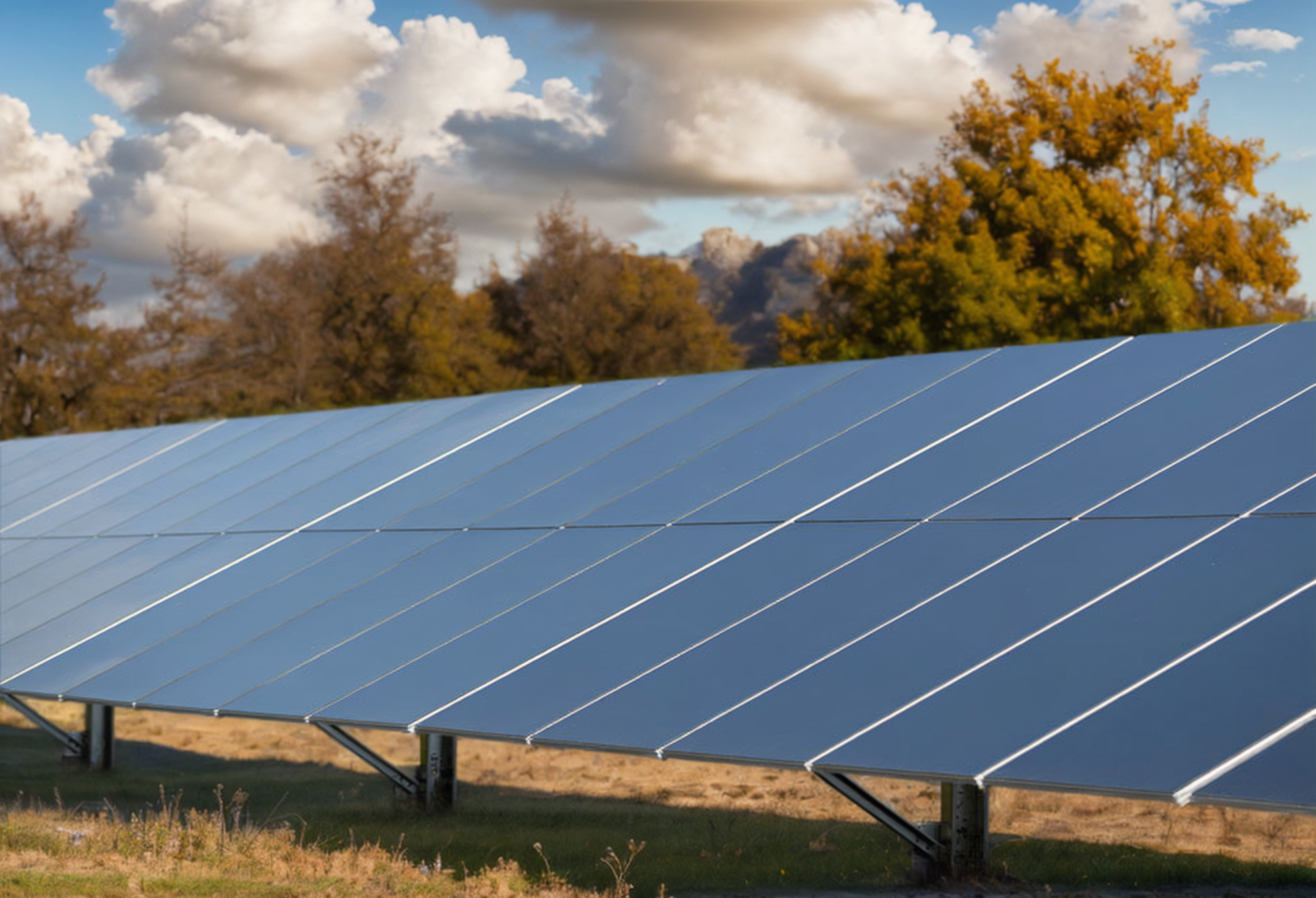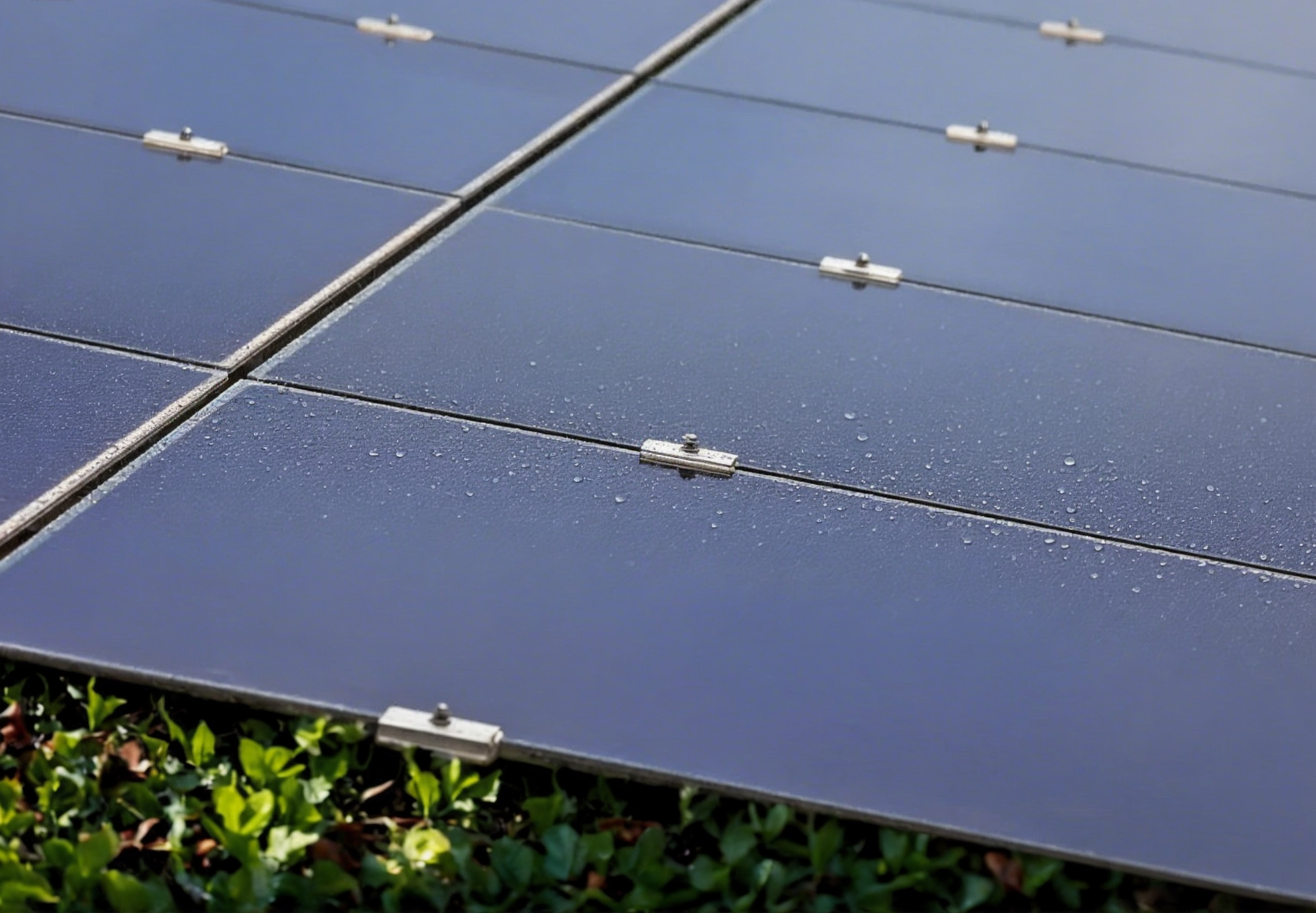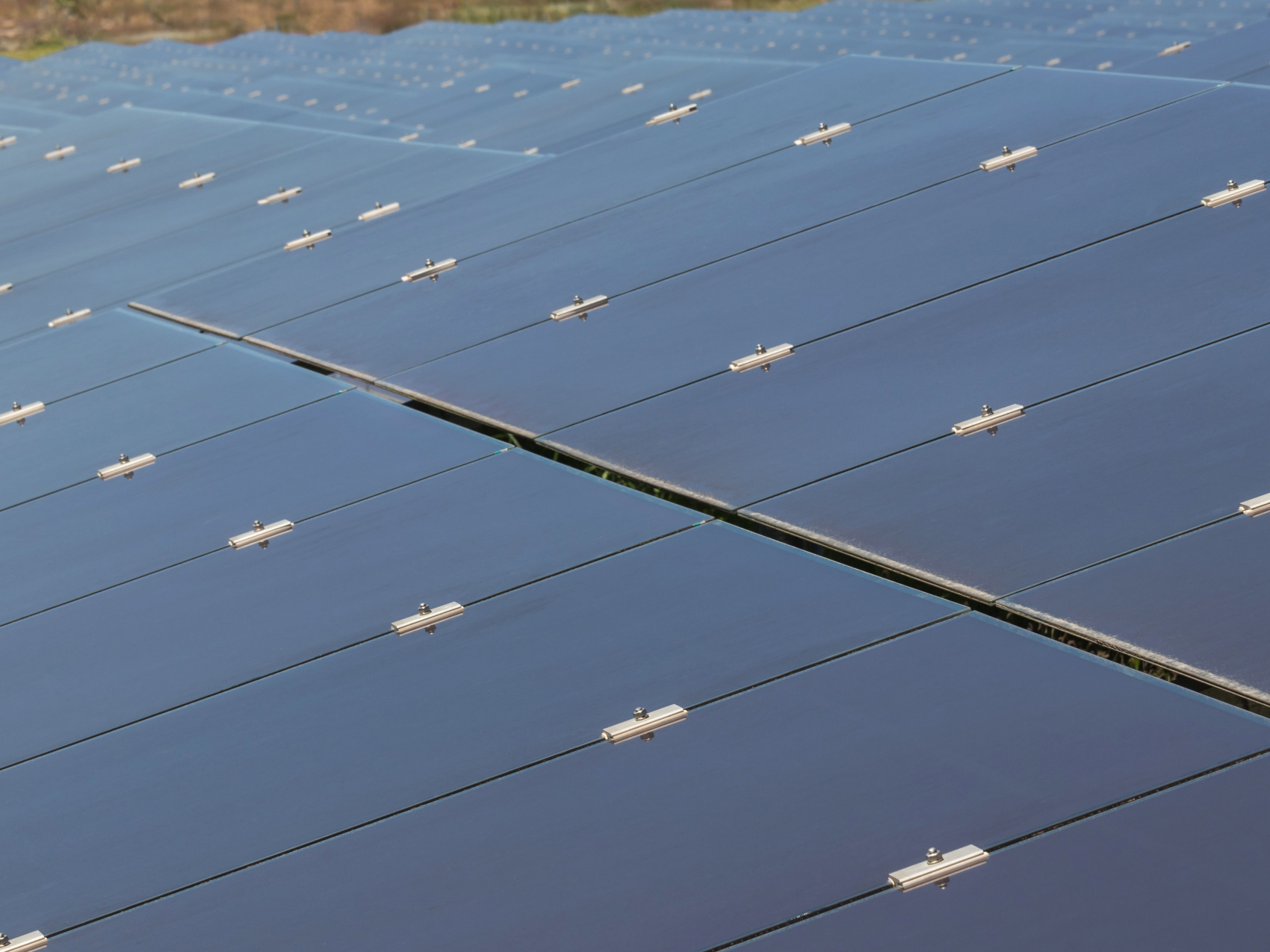Special Scenarios
Double Glass Laminated Structure
- Multi-layer Barrier to Isolate Corrosive Media
The power-generating glass uses two pieces of tempered glass sandwiching a conductive layer (such as cadmium telluride thin film or crystalline silicon cells), with PVB or EVA film filled in between. This design forms multiple protections:
- Airtight Barrier
The glass itself is almost impermeable to water vapor (water permeability approaches zero), and the interlayer film further blocks oxygen and moisture penetration, preventing oxidation, electrochemical corrosion, or PID (Potential Induced Degradation) effects on the conductive materials.
- Physical Impact Resistance
The laminated layer bonds the glass and the power-generating layer; even if the glass breaks, the fragments remain firmly adhered to the film, preventing the conductive layer from exposure to external environments (such as windblown sand or hail).


Stable Performance in Extreme Environments
- Extreme Cold and Low Temperature (-50℃)
The glass and film maintain toughness in extreme cold without risk of brittleness or cracking. For example, the power-generating glass roof in Mohe, Heilongjiang continues generating power at -40℃ and preheats electric vehicle batteries to ensure cold starts.
The symmetrical double glass structure reduces thermal stress deformation, avoiding hidden cracks in the cells.
- High Temperature, High Humidity, and Salt Spray Corrosion
In humid and hot environments (such as coastal areas), the glass backsheet completely blocks salt spray and moisture. Evidence shows double glass modules can pass DH3000 (3000 hours of damp heat aging) tests, while traditional backsheet modules struggle. The cadmium telluride power-generating glass at the Zhangjiakou Winter Olympics venue operates stably under strong UV, high altitude low temperature, and snow-melt salt spray, with an annual degradation rate below 0.5%.
- Strong Wind Pressure and Mechanical Load
The double glass structure has a compressive strength of 7600Pa (1.5 times the IEC standard), suitable for typhoon-prone areas. The triple glass laminated version can also resist snow loads and hail impact.


Long-term Durability and Safety Redundancy
- Lifetime Guarantee
Inorganic glass materials have extremely strong weather resistance, UV aging resistance, a design life of 30 years, and degradation rates only 1/6 of traditional modules (annual degradation about 0.03-0.12%).
- Fire Safety
The glass meets Class A fire rating, with no burning droplets, suitable for high wildfire risk areas or industrial environments.






